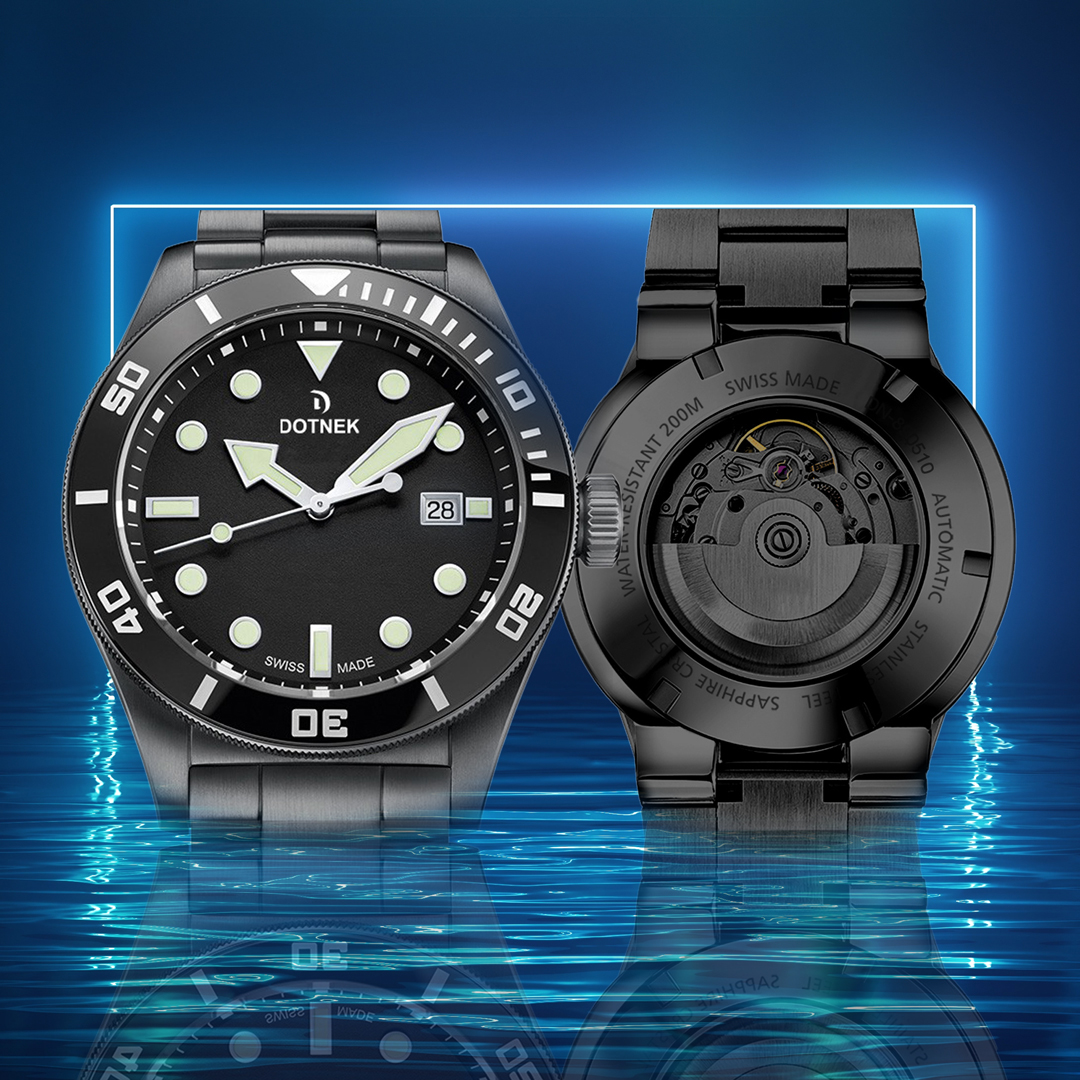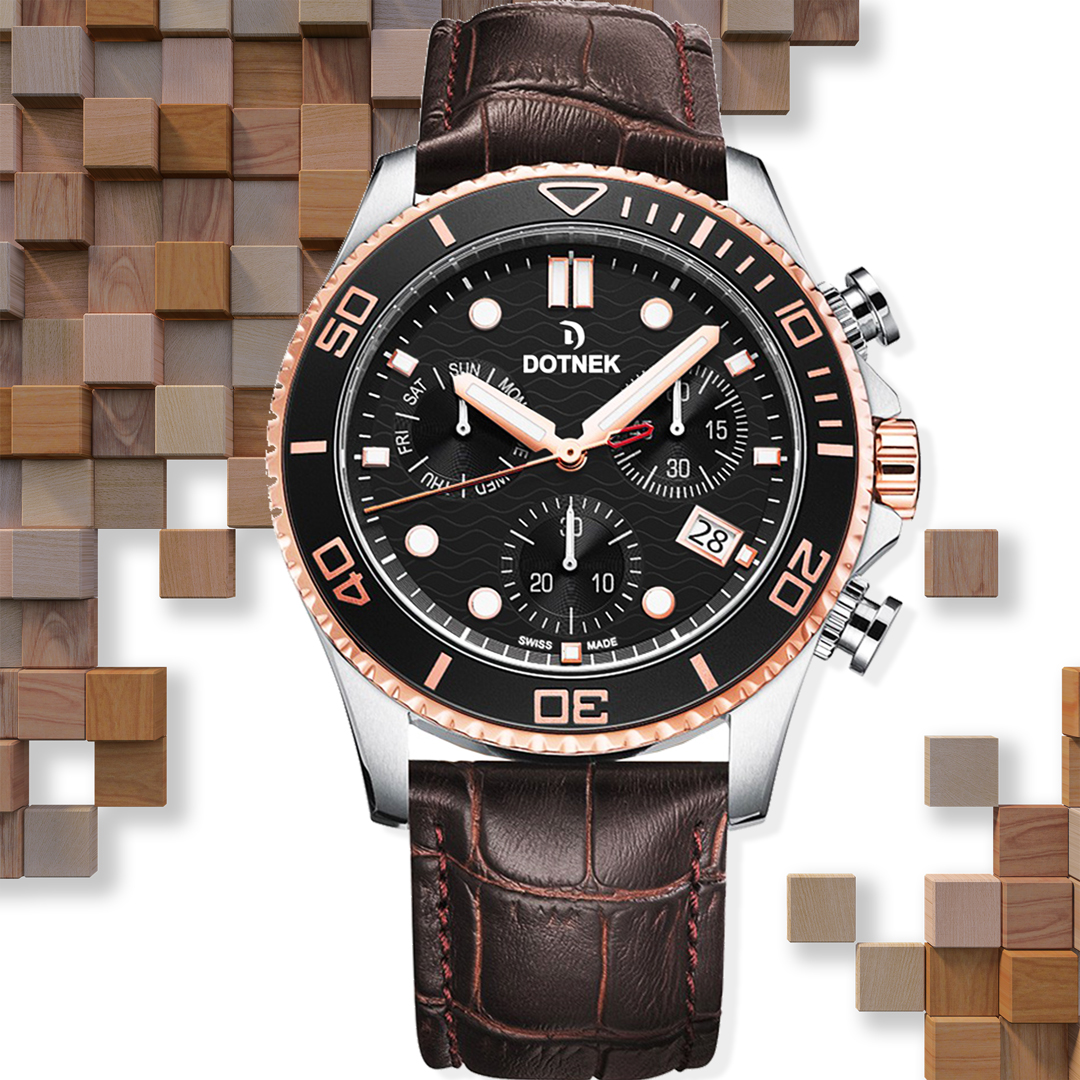You may also wonder what the difference between Swiss and Japanese movements is. In this article, we want to tell you how Japanese movements are different from Swiss movements, what Swiss movements are, and what Japanese movements are. To better understand this, we say that the Swiss are known for cheese, chocolate, a neutral foreign policy, and – of course – watches. It shows that the Swiss claim the best, most luxurious, and most popular watches, and you may have seen the Swiss-made stamp on watches to distinguish watches made in Switzerland from watches made in other countries and by other processes. Has been used. This stamp is used because watches made in Switzerland can be easily distinguished from other watches. The watches that bear this stamp show that they are made in Switzerland and are Swiss movements. Swiss movements are different from Japanese movements, which we will mention in this article.

But to better understand the difference between the Swiss and Japanese movements, it is better to say what movement is in general?
Movement is the part of the clock that causes the hands of the clock to move and move until it shows the exact time for people. Movement is known as the heart of the clock because the primary function of the clock to deliver the precise time is movement Gives and depends on it. But in addition to the heart of the watch, we can also say that it can be known as the clock’s brain because the brain is more accurate.
What is the Swiss movement?
It is well known that Switzerland defines specific rules and standards that are judged and ranked for hours according to the same standards. In other words, we can say that Switzerland sets the means to examine and evaluate the hours because Switzerland is one of the best manufacturers of the best watches. Being superior and receiving excellent rankings in handicrafts and watchmaking is one of Switzerland’s advanced arts and crafts, which determines Switzerland’s national identity. But it is also best to note that the Swiss were not the first to make watches small and portable. Instead, the Germans were the first people to make watches small and portable. The first small watches were made between 1509 and 1530. As we have said, the first small portable watches were made by the Germans, and the first and most official watch was created in 1530 by Peter Henlein in Nuremberg, Germany. At these times, the length and size of the watches are about 3 inches and are slightly larger than what is in the pocket, and because these types of watches were rare and expensive, only the nobility could have them.
At the end of the 16th century, the Swiss watch industry began with the arrival of immigrants and refugees from Western Europe, especially the French. During these years, these people and immigrants brought the art of professional watchmaking with them to Switzerland. It took about an hour for the watchmaking industry to grow, and during that century, it exported about 60,000 watches.
Unlike the Germans and the Swiss, advances in watchmaking have been a phenomenon in the twentieth century. They created a watchmaking phenomenon in the twentieth century, years after the Swiss advanced their watchmaking. Before a Japanese watchmaker named the company Astron, Switzerland claimed to make about 50 percent of the world’s watches. Before there were watch companies in Japan, many of the world’s watches were made in Switzerland. As they know, watches made in Switzerland are made by hand with a unique elegance, art, and precision, and therefore they have high costs. But in the twentieth century, a Japanese man was able to make a change in watchmaking so that watches could be powered by batteries instead of internal windings to move and show accurate ground instead of internal windings. Powering watches from batteries to move and work has created a new and significant change in the watch industry. After that, many manufactured watches used batteries instead of being made by hand and using internal windings to move. Using batteries and powering the batteries for hours had reduced their costs. Because watches made in Switzerland were handmade and their internal windings had to be made more precise and delicate, the prices were so high that powering the watch from the battery to move it solved this problem to some extent.
What is the difference between Swiss movements and Japanese clock movements?
As we briefly mentioned above, the difference between the Japanese watch movements and the Swiss watch movements is that the watches made in Switzerland are luxurious. All of them are handmade with elegance, art, and precision. Weiss is also one country that provides standards for judging and reviewing watches. It means that all watches are made to be officially sold. Swiss watch companies must examine them and then sell the watches. Watches that have Japanese movements to show the exact time, and if their hands move, they must use batteries. In other words, we can say that Japanese and Quartz watches from batteries power the watches to move. Another difference between Swiss and Japanese watches is that the Swiss pay more attention to handicrafts and the art used in watchmaking, and the Japanese pay more attention to their movement and how they work. That is why most watch Sage making is unique in terms of aesthetics. Another significant difference between Swiss-made watches and Japanese-made watches is that Japan uses a robotic production line to produce watches, which results in more mass production, less human error in production, and raw Being the appearance of having watched. Watches made in Switzerland are also handmade. All watch members are carefully and delicately made by hand, which makes them expensive and valuable. Handmade Swiss watches make their production number less than Japanese watches because it is manual and takes time. But because of the art and elegance used, they will be precious and, of course, they will have a beautiful and unique appearance.

Although the Japanese have less time in the watchmaking industry, they have reduced watchmaking costs by innovating. After the Japanese introduced this method and movement of Quartz, many people were able to buy watches. Because before that, the available watches were all Swiss handmade with a very high price and value that ordinary people could not afford. However, watches made in Switzerland still have the highest quality of watch production and are made with the highest and most unique quality, with a special appearance. Which watch should we buy in Swiss or Japanese?
As you have read, in the episodes, we have included the slang differences between the hours with the Japanese movement and the Sisi movement. Which of these watches to buy depends on your needs, tastes, and, of course, your budget? In this case, if you want to get an accurate watch that has an affordable price to determine the exact time, watches with Japanese quartz movements can be the most suitable option for you. On the other hand, if you want to have a watch with high value, handmade, artistic, and elegant, which is used to determine the exact time as capital and value, Swiss-made watches are suitable.
In this article, we have listed the differences between Japanese and Swiss quartz movements. You can buy any of these watches according to your needs. Remember that for everyday and accurate time detection, watches with quartz movements are recommended, which are as precise as Swiss mechanical watches but have a reasonable price. But if you want as a value and souvenir of many years and several generations and watches made with art and elegance.